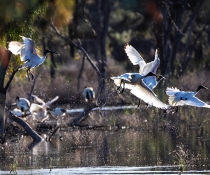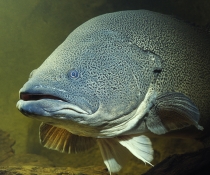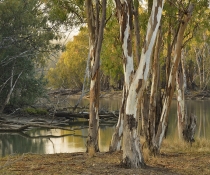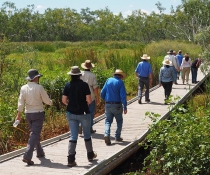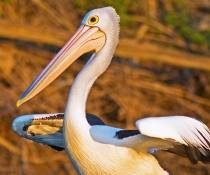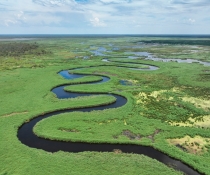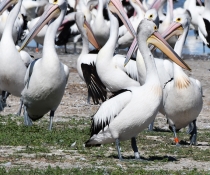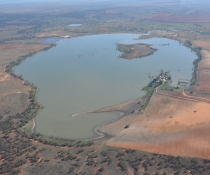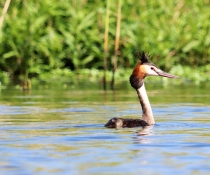Winter sojourn is over for Murray Darling Basin's waterbirds
After clocking up thousands of kilometres across the Murray Darling Basin, the winter sojourn is coming to an end for many of the Basin's waterbirds.

Satellite tracking has detected waterbirds returning to multiple breeding and nesting sites in New South Wales – critical habitat preserved during drier times by the New South Wales Government's Water for the Environment Program.
An adult female straw-necked ibis named Ngawin, which means sun in the Nari Nari language, has returned to a breeding site in Gayini in the Lower Murrumbidgee floodplain.
Fitted with a satellite tracker at the same location in January 2021, Ngawin has been travelling up and down the eastern states ever since.
CSIRO Waterbirds Australia Senior Research Scientist Heather McGinness, who leads the satellite tracking program, said tracking waterbird movement is vital in ensuring that critical habitat is preserved.
"Tracking Ngawin's movements while nesting will tell us where she is feeding and getting food for her chicks, as well as how long it takes her to raise her chicks to the point where they disperse and leave the breeding area, " Dr McGinness said.
The data assists the NSW Water for the Environment Program – leading the management of water for the environment in New South Wales- delivering water to specific sites targeted to support waterbird breeding events.
"It allows us to understand why, when, and in what patterns waterbirds move, so that they can be supported through environmental watering and other wetland management and restoration actions," Dr McGinness said.
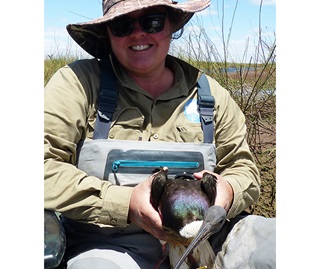 "Protecting and maintaining suitable waterbird feeding and nesting habitats between and during flood events is essential to maximise waterbird recruitment, maintain populations and conserve biodiversity.
"Protecting and maintaining suitable waterbird feeding and nesting habitats between and during flood events is essential to maximise waterbird recruitment, maintain populations and conserve biodiversity.
"In wet years like this one, with lots of rain and flooding, waterbirds dependent on the flooding of ephemeral wetlands and floodplains for their food and breeding habitat can breed in very large numbers."
However, Dr McGinness said, some waterbird breeding colony sites and feeding sites are now heavily dependent on water for the environment.
Murrumbidgee Senior Environmental Water Manager James Maguire said the satellite tracking program was a handy tool for monitoring bird breeding, particularly in areas program staff can't currently access due to high water levels.
The NSW Water for the Environment Program has been remotely monitoring waterbird activity in the wetlands via a camera panning the Bala Wetland at Gayini.
"Everything is lining up. With the camera images and some on-ground reporting, the tracking data is the third piece of evidence that waterbirds are already starting to nest in Gayini," Mr Maguire said.
Armed with this data, Mr Maguire said the Water for the Environment Program will monitor water levels in the wetland closely, delivering water, when needed, to give the waterbirds every opportunity to thrive, raise their chicks successfully and hopefully produce the next generation of waterbirds.
Nari Nari Tribal Council's Jamie Woods has seen an increasing number of waterbirds flocking to Gayini.
"There have been thousands of ibis feeding in the shallow floodwaters each time I've driven around the property these past two weeks," Mr Woods said.
"It's shaping up to be a bigger breeding year for the waterbirds than the last 2 years when we had 20,000 nests just in the big Bala Rookery alone."
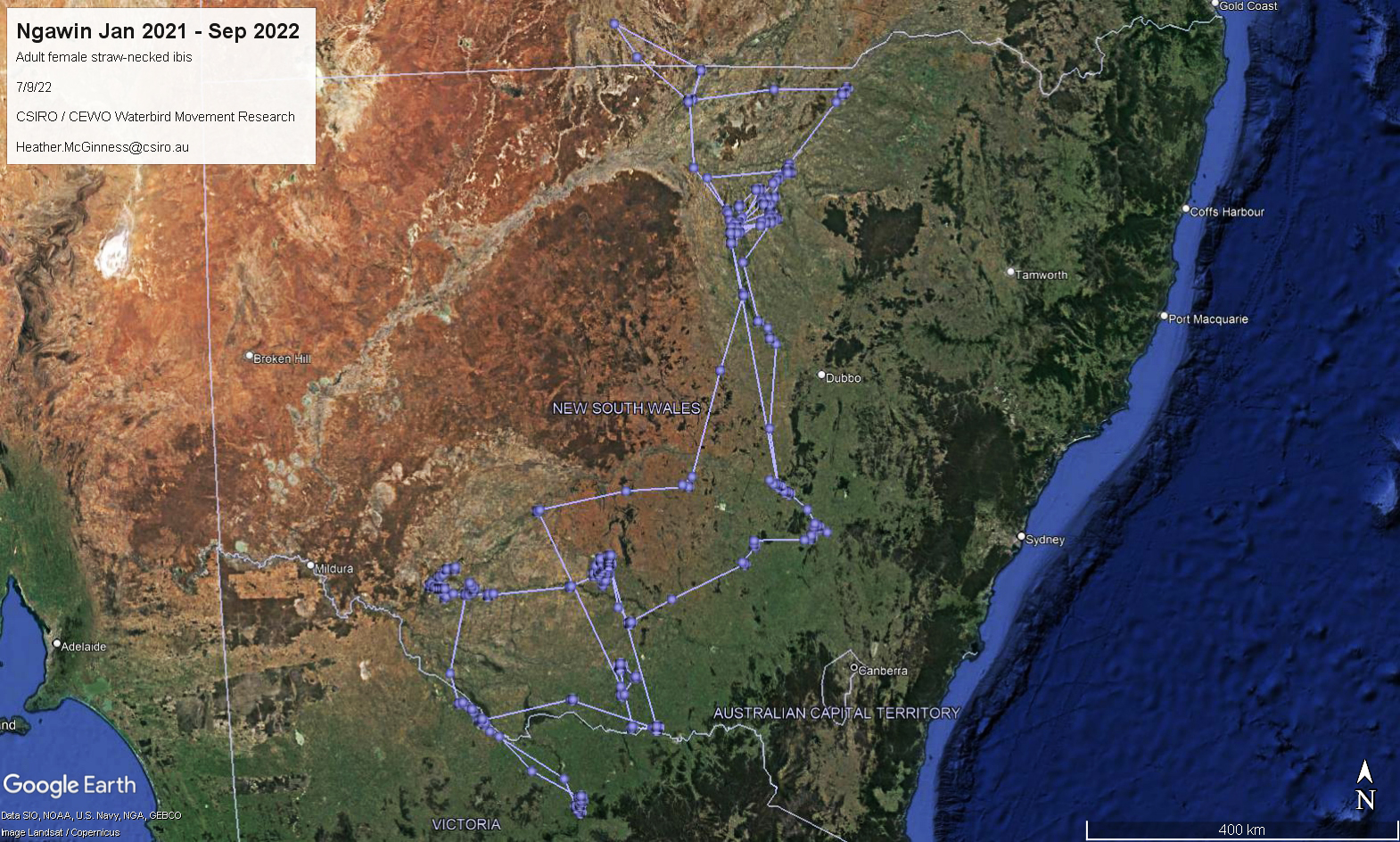
The satellite tracking research is funded by the Commonwealth Environmental Water Office and CSIRO through the Flow-MER Program.
To follow Ngawin's journey, visit Movebank.

